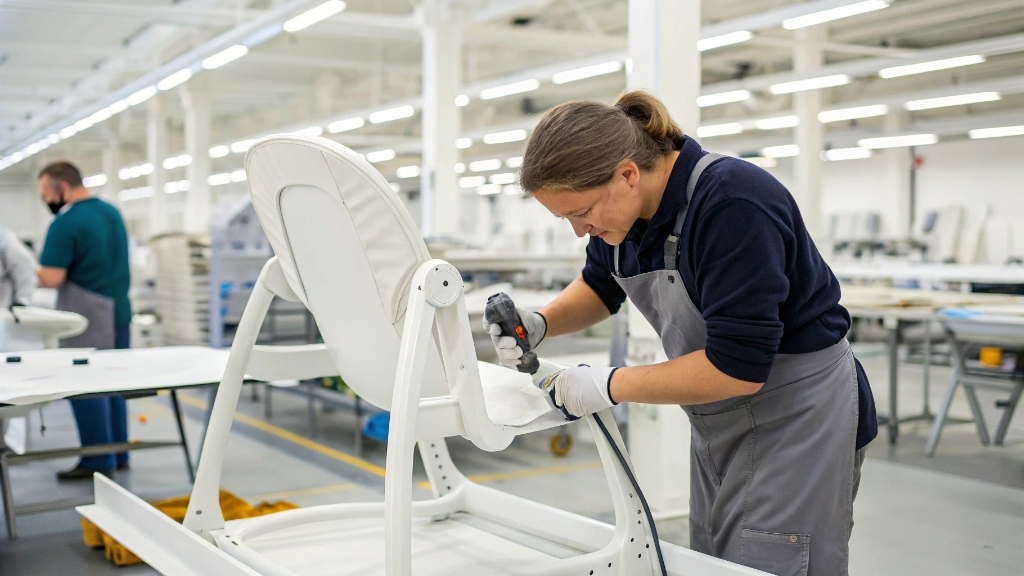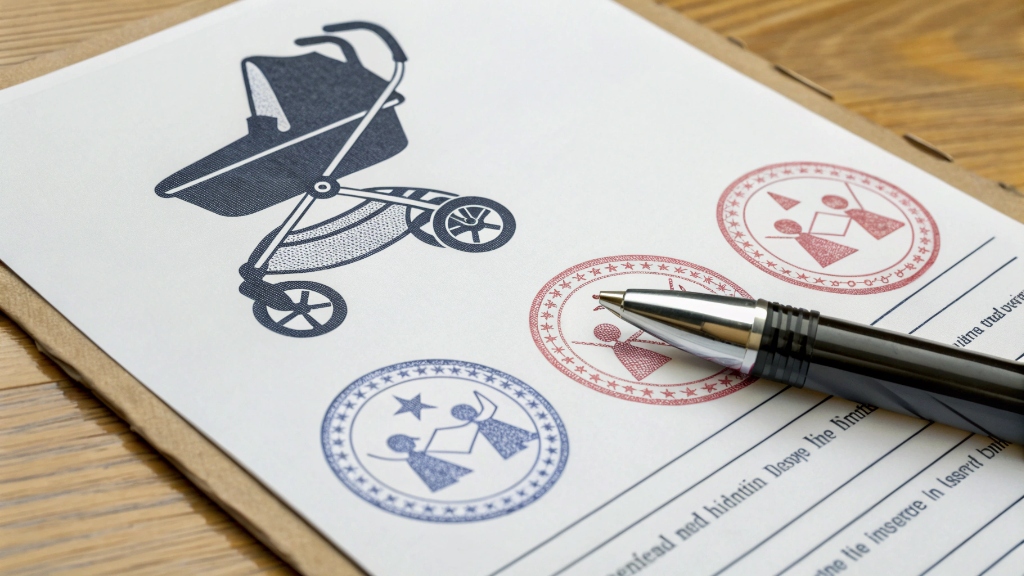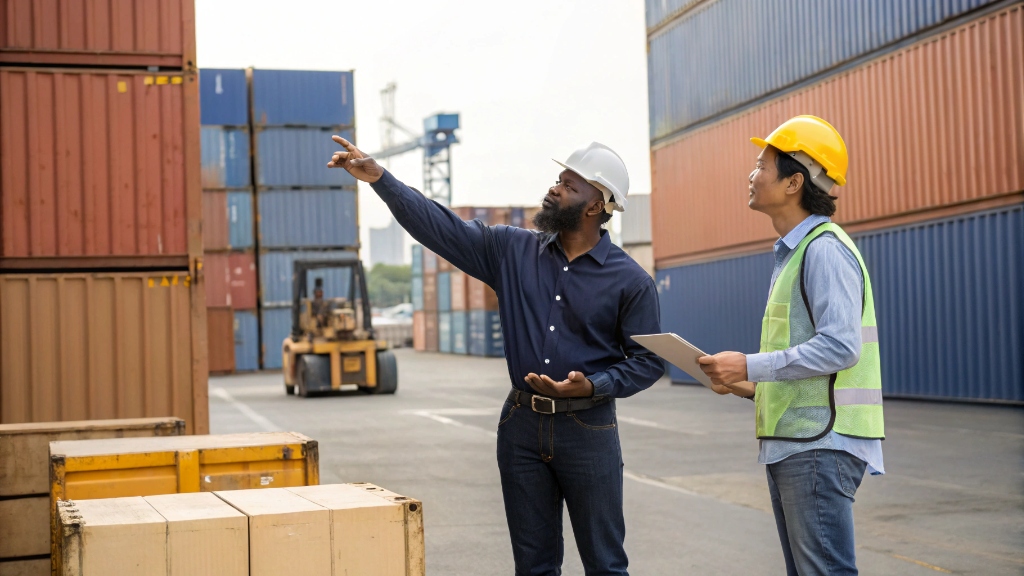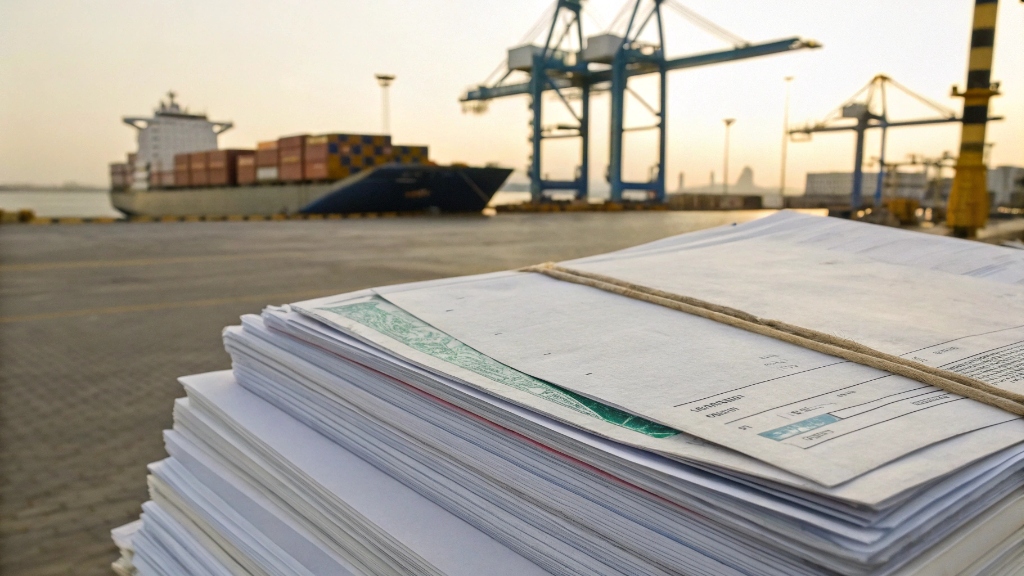You might think big kids do not need strollers, right? But sometimes little legs get tired on long adventures. Let us see why a specialized stroller might still be a smart travel choice for your older child.
While encouraging activity is vital, strollers for big kids (3-6 years old) are beneficial for long-distance travel, crowded places, or carrying gear. Look for models with high weight limits, sturdy frames, comfortable seats, and compact folds to provide essential rest and convenience without hindering exploration.
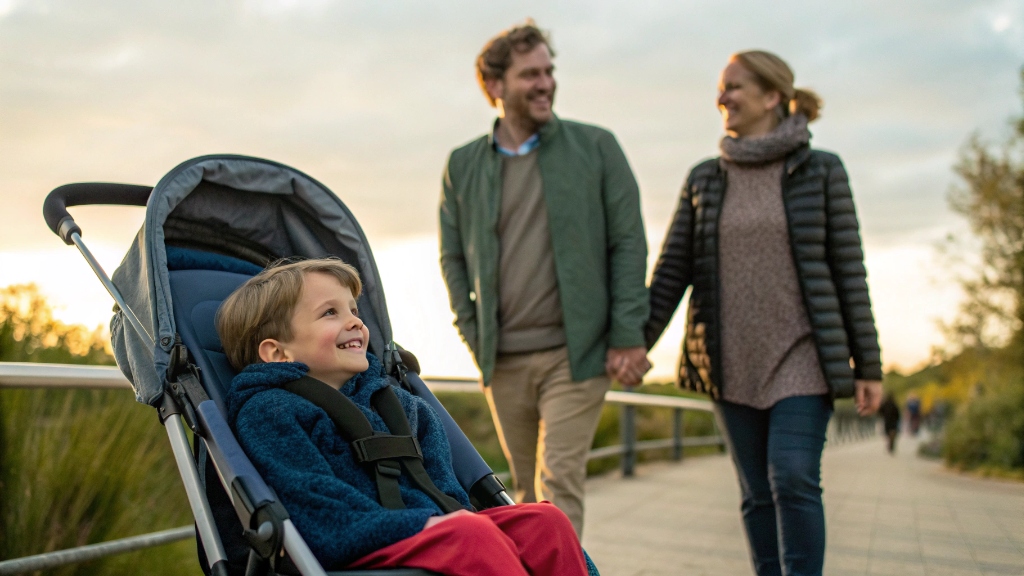
I remember feeling a bit guilty about even thinking of a stroller for my five-year-old. I strongly believe kids should run, play, and explore nature as much as possible. I also think falling and getting back up helps them grow stronger. But my family loves to travel. We often go on long hikes or visit busy city centers. I quickly learned that even the most energetic child eventually hits a wall. A tired, cranky child can turn a fun family adventure into a difficult experience very fast. I started to see a stroller not as a way to keep my child from moving, but as a tool. It became a tool to extend our adventures. It offered a crucial resting spot. It also helped carry our gear. This changed my whole perspective. It made me realize that picking the right stroller for an older child is about smart parenting. It is about balancing their need for activity with the practicalities of travel.
How Do You Choose the Best Travel Stroller for Your Older Child?
You want to give your older child freedom, but are you confused about finding a travel stroller that genuinely helps? Do not pick just any model; understand what makes a travel stroller truly useful for bigger kids and active families.
To choose the best travel stroller for an older child, prioritize a high weight capacity, a comfortable and roomy seat, a compact and easy fold, and durable wheels suitable for various terrains. Look for models that balance lightness for portability with robustness for safety and longevity on your family adventures.
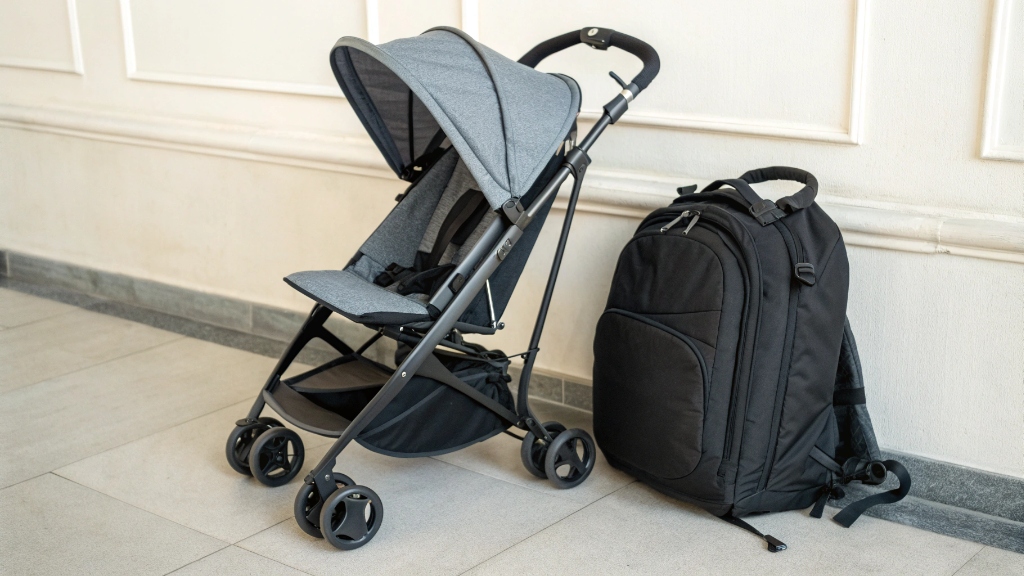
When I started looking for a travel stroller for my growing child, I knew it needed to be different from a baby stroller. My priority was to encourage my child to run around and explore. But I also knew there would be times when a stroller would be essential. Like when we wanted to hike further into the countryside. Or when we were navigating a crowded museum all day. My friend recommended a stroller that folded small. She said it was a lifesaver for airport travel. I also realized that my child was much heavier now. This meant a standard umbrella stroller would not cut it. It had to be strong enough. It also had to be comfortable enough for an actual rest. It had to be easy for me to push and carry. These specific needs guided my search. I learned that focusing on certain features makes all the difference. It helps you find a travel stroller that truly supports your active lifestyle.
Why a Travel Stroller for Older Kids (Balancing Adventure with Comfort)
I absolutely believe children should be free to run and explore. My view is that by age five or six, kids should sit in strollers as little as possible. They should be encouraged to connect with nature. Falling is okay; it helps them get stronger. But sometimes, especially on long travel days, or when exploring vast natural parks, even the most energetic child gets tired. A travel stroller then becomes a critical tool. It is not about keeping them from moving. It is about enabling more movement and adventure overall. Imagine planning a long walk to a beautiful waterfall. If little legs give out halfway, the whole adventure stops. A lightweight travel stroller provides that crucial resting spot. It allows them to recharge. This means we can reach our destination. This means we can enjoy more of the day. It also prevents meltdowns that can cut short a family outing. My own experience is that having a stroller meant we could explore historical sites for hours. My child could walk and discover, then hop in for a rest when needed. This allowed me to enjoy the trip without constantly managing fatigue.
Crucial Features for Older Kids (Weight Capacity, Seat Comfort, Safety)
When choosing a travel stroller for big kids, specific features become very important. First, weight capacity is non-negotiable. My child at five years old weighed significantly more than a toddler. Many standard strollers only go up to 35-40 pounds. My child quickly surpassed this. I learned to look for strollers rated for at least 50-55 pounds, or even higher. This ensures the frame and wheels can safely support their weight. Second, seat comfort is vital for longer journeys. Older kids need more room. They also need a padded seat. They need an adjustable recline. This allows for comfortable naps on the go. My mistake was buying a bare-bones stroller with a hard, upright seat. My child refused to rest in it. This made long days miserable. Third, safety remains paramount. A secure 5-point harness is still important. Even big kids can get wiggly. They need to be securely fastened, especially in busy airports or on uneven terrain. A sturdy frame prevents tipping. It also provides overall stability. These features ensure the stroller is not just functional but also safe and comfortable for your growing child.
Travel-Specific Stroller Design (Compact Fold, Durability, Wheels)
The design of a travel stroller must cater to the demands of travel. A compact and easy fold is perhaps the most important feature. My experience struggling with a bulky, two-hand-fold stroller at airport security taught me this lesson harshly. Look for models that offer a one-hand fold. Look for ones that stand independently when folded. Look for ones that fit into an airplane overhead compartment. This makes transitions through airports, train stations, or into small car trunks much smoother. Durability is also key. Travel strollers often face rougher handling. They are thrown into luggage compartments. They are pushed over varied surfaces. A robust frame and quality fabrics will withstand these challenges. My friend’s cheap travel stroller broke a wheel on its first camping trip. This was a clear sign that durability matters. Finally, wheels and suspension are critical. If you plan to use the stroller in the countryside or for camping, small plastic wheels are not enough. All-terrain wheels with good suspension will make pushing over gravel, grass, or uneven paths much easier. This provides a smoother ride for your child. It also reduces effort for you. These design aspects directly impact how practical and enjoyable your travel stroller will be.
Integrating Strollers into Active Family Travel
My company’s view is that older children should be active. I agree with this wholeheartedly. Using a travel stroller for big kids should not replace their independent movement. Instead, it should enhance it. Think of it this way: a travel stroller can act as your family’s mobile "base camp." It can carry camping gear. It can carry picnic supplies. It can transport a tired child to that beautiful nature spot. This lets the child run and play at the destination. When they are exhausted from exploring, the stroller provides a quick, comfortable ride back. This aligns with the idea of using campervans and travel strollers to take children and camping gear to the countryside. It is a fantastic idea. It allows for longer, more fulfilling outdoor experiences. It gives parents the freedom to explore. They know they have a reliable resting and transport option. Falling is indeed okay. It builds resilience. But sometimes, a quick break in a stroller can prevent a complete meltdown. This allows the adventure to continue rather than end early. So, the stroller is a strategic tool. It supports a lifestyle of activity and exploration.
| Feature | Why it matters for big kids (3-6 years old) | My Recommendation/Insight |
|---|---|---|
| High Weight Capacity | Older children are heavier; ensures safety and longevity | Look for 50-55 lbs+ rating; my 4-year-old broke a low-rated one. |
| Roomy, Padded Seat | Comfort for longer rides and naps; prevents crankiness | Wide seat, good padding, multiple recline positions are essential. |
| Compact, Easy Fold | Crucial for travel; fits in small spaces (car, plane) | One-hand fold, self-standing, carry strap saves so much hassle. |
| Durable Frame/Wheels | Withstands travel bumps, varied terrain (countryside) | Quality metal frame, all-terrain wheels with suspension for nature. |
| Maneuverability | Easy to push even with a heavier child; navigate crowds | Good suspension, swiveling front wheels are a must for busy places. |
| Ample Storage Basket | For snacks, water, camping gear, souvenirs | A large, accessible basket frees up your hands for adventures. |
| Extendable Canopy | Protection from sun/rain for longer outdoor excursions | Protects from elements; essential for comfortable naps on the go. |
Conclusion
Choosing a stroller for big kids balances activity with practical travel needs. Focus on high weight limits, comfort, and a compact, durable design. This ensures your adventures stay fun for everyone.


